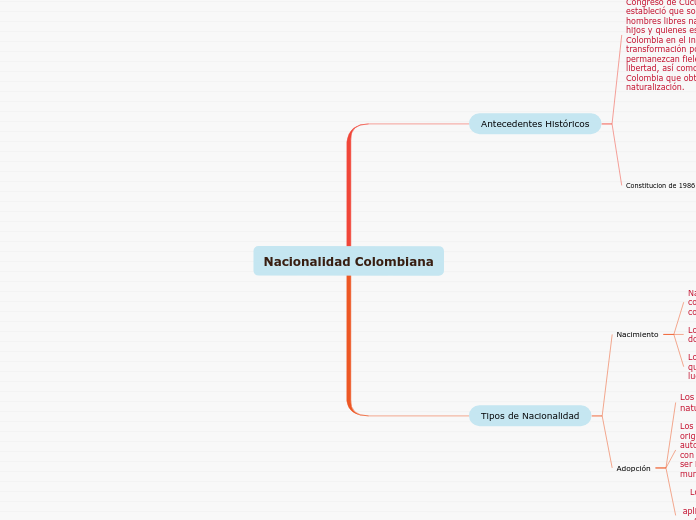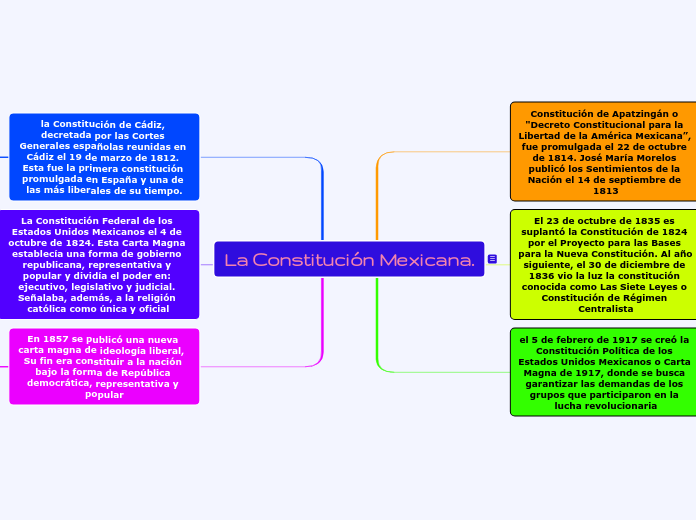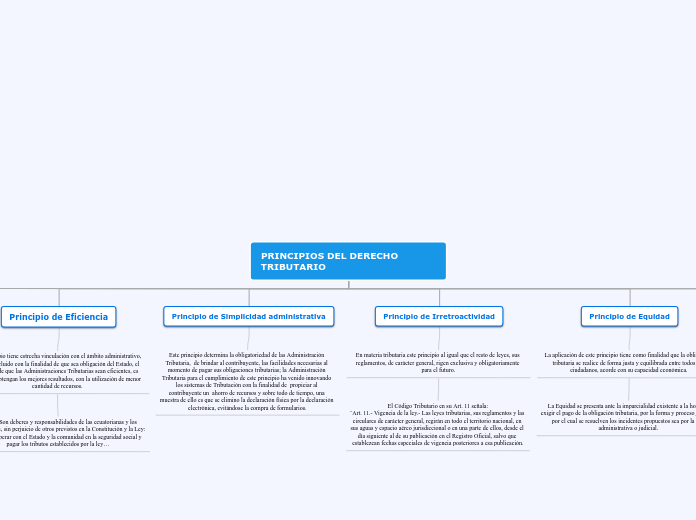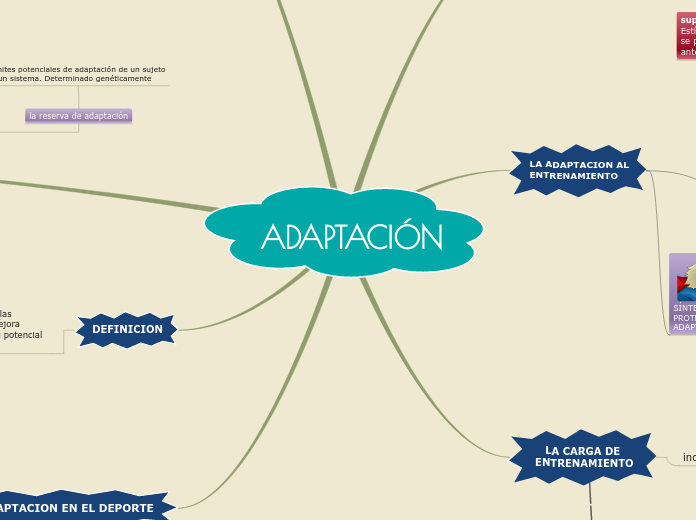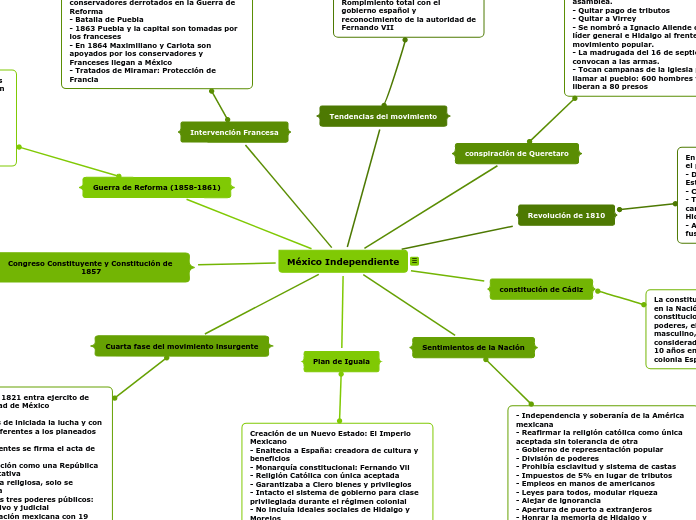Nacionalidad Colombiana
To name your story, you have to think about the overall message and what you want your audience to understand from the story. Also, make it relevant and easy to remember.
Tipos de Nacionalidad
The middle of the story is where you add layers of complications that will lead to the end. Reveal more about the character's journey. Did their personality go through changes? How did they overcome the challenges? And as you build up the story’s central conflict, make it more personal to that character. Also, from the middle act, you have to lead into the final act.
Adopción
There wouldn't be any tension and excitement in your story if there weren't any obstacles in your character's way.
Los miembros de pueblos nativos que comparten países fronterizos, con aplicación del comienzo de reciprocidad y según tratados públicos que para el impacto se celebren y sean debidamente perfeccionados.
Los latinoamericanos y del caribe por origen, domiciliados en Colombia que con autorización gubernamental y conforme con la ley y el inicio de reciprocidad, pidan ser inscritos como colombianos frente a la municipalidad donde se establecieren.
Los extranjeros que soliciten y obtengan carta de naturalización de acuerdo con la Ley 493 de 1993
A story is nothing more than a character overcoming a series of difficulties to reach the desired goal. Obstacles usually create suspense and conflict. In overcoming obstacles, there is growth: weak becomes strong; hatred turns into love; sadness into happiness; wrong into right; lies into truth; or evil becomes good.
See a few examples below:
- stopping a meteor
- finding a killer
- finding love
Nacimiento
Each story has a main character and that character usually needs to solve a problem or challenge. The character's challenge is the one that creates tension throughout the story.
Los hijos de padre o madre colombianos, que hubieren nacido en tierra extranjera y luego se domiciliaran en la República.
Los padres extranjeros se encuentren domiciliado actualmente en el país
Type in any other challenges which other characters in the story need to face.
Nacidos dentro de los limites del territorio colombiano, siendo sus padres naturales colombianos
In most stories, there are 3 challenges. The number 3 is a mystical number symbolizing completeness. Try to come up with interesting challenges with which your character needs to struggle.
See a few examples below:
- turns into a werewolf at night
- is sent back in time
Antecedentes Históricos
In the beginning of the story (or the exposition), you will need to introduce the setting and characters. You might also want to introduce the main conflict. This part of the story is important because it gives the reader necessary background information and maybe even a first insight into a character’s personality.
Constitucion de 1986
The setting (time & place) of a story can change throughout the plot.
La Constitución de Colombia de 1886 estableció que recibían la nacionalidad de Colombia los individuos nacidas en territorio de Colombia hijos de colombianos, sin embargo condicionaba a los hijos de extranjeros a que alguno de sus papás se encontrara domiciliado en el territorio en el instante de su origen.
The weather is an important element in your story because it can highly influence the ambiance and the mood of the characters.
Luego de los convenios de la Conferencia Panamericana de Flujo de agua de Janeiro en 1906 se promulgó la Ley 28 del 29 de agosto de 1908, que establecía la recuperación de la nacionalidad para esas personas que regresaban a su territorio de procedencia luego de naturalizarse en otro territorio. Un caso importante anterior a esta regla ha sido el ocurrido con el autor de Colombia Santiago Pérez Triana, quien tras haber residido por diversos años en USA recibió la nacionalidad de comentado territorio y regresó a Colombia, pretendiendo recobrar su nacionalidad, puesto que entonces no existían convenios de múltiple nacionalidad y el acto de naturalización suponía perder la nacionalidad de procedencia.
La primera mención constitucional de la nacionalidad de Colombia se logró en el Congreso de Cúcuta de 1821, en el que se estableció que son colombianos todos los hombres libres nacidos en Colombia y sus hijos y quienes estuvieren radicados en Colombia en el instante de su transformación política, con tal que permanezcan fieles a la causa de la libertad, así como los no nacidos en Colombia que obtuvieren carta de naturalización.
Characters are essential to a good story. Usually, the protagonist(s) is/are the most affected by the plot. Introduce a character by focusing on their actions, interests, and occupation, as the physical appearance doesn't make a difference in most cases.
